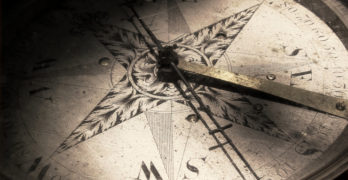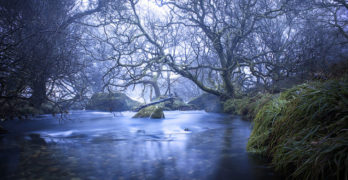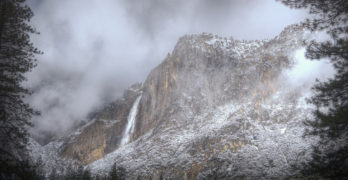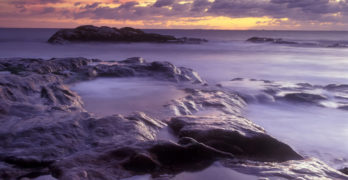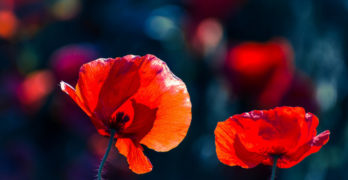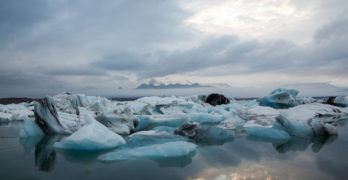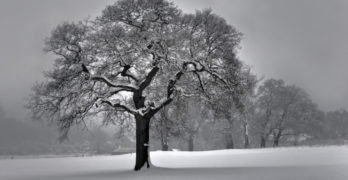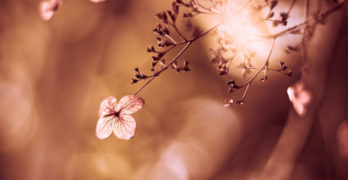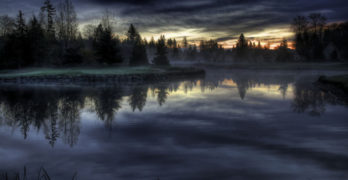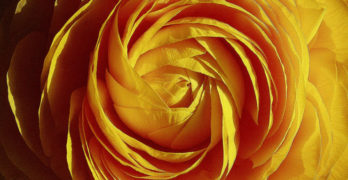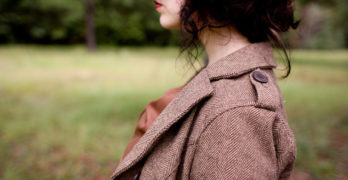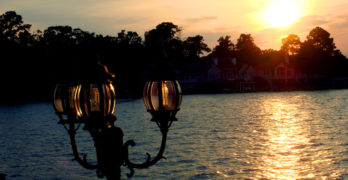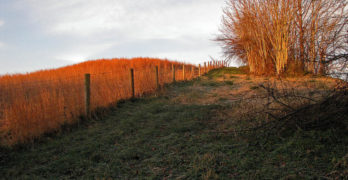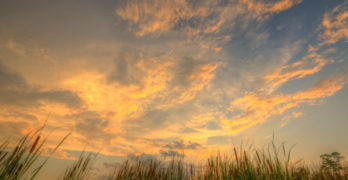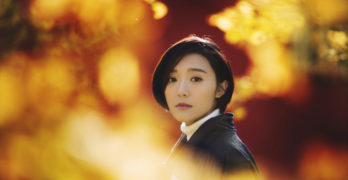“The Long Take” by British poet Robin Robertson, shortlisted for the 2018 Man Booker Prize, is a poetry book, a novel, and a noir movie.
Paul Kingsnorth: The Poetry of the Future Landscape
The poetry of Paul Kingsnorth is continually looking at the landscape, the landscape of the future superimposed on the landscape of the past.
Longfellow, Whitman, Wheatley: Whatever Happened to Patriotic Poems?
Patriotic poems like “Paul Revere’s Ride” and “I Hear America Singing” were once quite common, but can you think of a patriotic poem of the last 20 years?
The Poetry of Silence: The Anne Frank House in Amsterdam
To enter the Anne Frank House in Amsterdam, with its rooms approximating where eight people hid for two years, is to enter the poetry of silence.
Traveling with Mark Twain and Eddy Harris on the Mississippi River
Writer Eddy Harris canoed the Mississippi River in 1985, and he discovered that the river has its personality, its mood, and its conversations.
Poets and Poems: David Whyte and “The Bell and the Blackbird”
“The Bell and the Blackbird,” the new poetry collection by David Whyte, is full of surprises but retains Whyte’s trademark simplicity and depth.
The Abounding Creativity of Middle-earth: An Appreciation of J.R.R. Tolkien
With his stories of Middle-earth, J.R.R. Tolkien gave us a legacy of abounding creativity and imagination, explaining how myths are made.
The Last of the Tolkien Tales: “The Fall of Gondolin”
“The Fall of Gondolin,” the last of the tales of J.R.R. Tolkien, includes all of the author’s trademark themes and devices, including orcs and balrogs.
World War I: Mary Borden – Nurse, Novelist, Poet
American Mary Borden married a missionary, financed a hospital in World War I France, had an affair, published novels — and wrote poetry.
The Origin of a Monster: Happy Birthday, Frankenstein!
The gothic novel “Frankenstein” by Mary Shelley is 200 years old this year, and its core concern about the unintended consequences of science still apply.
A Strangely Contemporary Verse Play: “Murder in the Cathedral” by T.S. Eliot
“Murder in the Cathedral” by T.S. Eliot, written and produced in 1935, was one of the last verse plays written for the stage. It is also oddly contemporary.
Marjorie Maddox and “Transplant, Transport, Transubstantiation”
The poems of “Transplant, Trnasport, Transubstantiation” by Marjorie Maddox take us to the world of change and loss, and what sustains us.
A New Exhibition: Tolkien and the Making of Middle-earth
A new exhibition on J.R.R. Tolkien has opened at the Bodleian Library in Oxford, and the catalog book is a treasure in and of itself.
“Love Songs”: Claiming Sara Teasdale for St. Louis
Sara Teasdale lived 34 of her 48 years in St. Louis; she was born and buried there, and St. Louis can claim her as one of its own poets.
The Poets of Instagram: r.h. Sin and “I Hope This Reaches Her in Time”
The poets of Instagram are helping to revitalize the reading of poetry, and r.h. Sin is one of them. His new collection is “I Hope This Reaches Her in Time.”
Writer Friends: The Lunchtime Literary Discussion Society
Friendship forms among coworkers after the perfunctory question ‘How are you?’ gets an unexpected answer.
Using Poetry to Reflect Upon the Civil War – Part 3: Walt Whitman
Walt Whitman celebrated the beginning of the Civil War, like many Americans on both sides. But as it dragged on, he — and his poetry — changed.
Poetry and Remembering the Civil War – Part 2: Robert Lowell
For generations, we’ve used the Civil War as a lens for viewing controversies. In his poem “For the Union Dead,” Robert Lowell considers the war — and a parking garage.
Poetry and Remembering the Civil War – Part 1: Allen Tate
The Civil War has long been used as a lens for interpreting, understanding, and advocating contemporary issues. So has the poetry about the Civil War.
The 2017 Walt Whitman Award: “Eye Level” by Jenny Xie
“Eye Level” by Jenny Xie, a collection of poems marked by spareness and precision, is the 2017 winner of the Walt Whitman Award.
